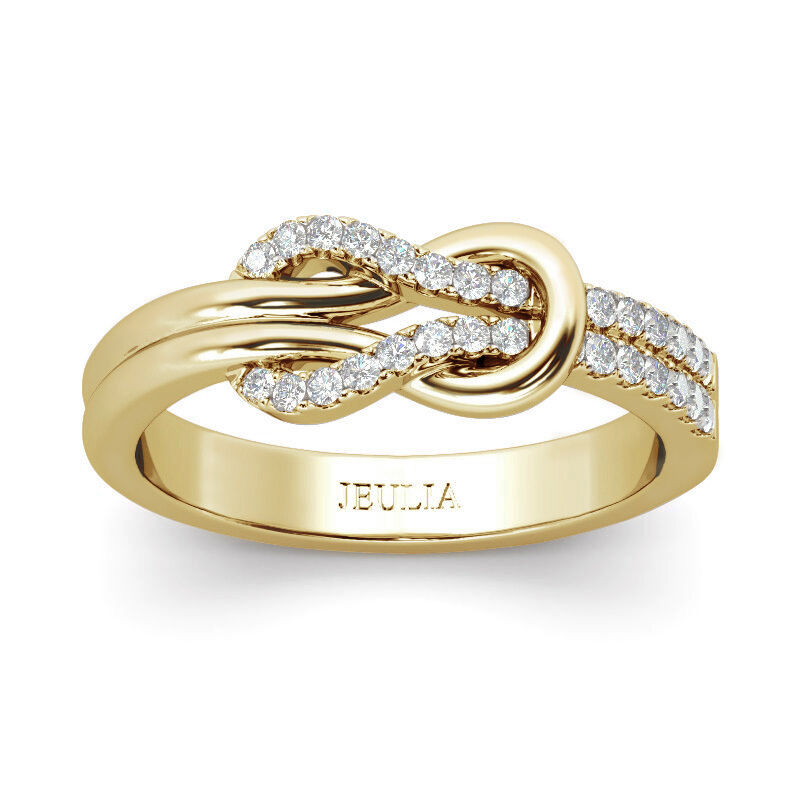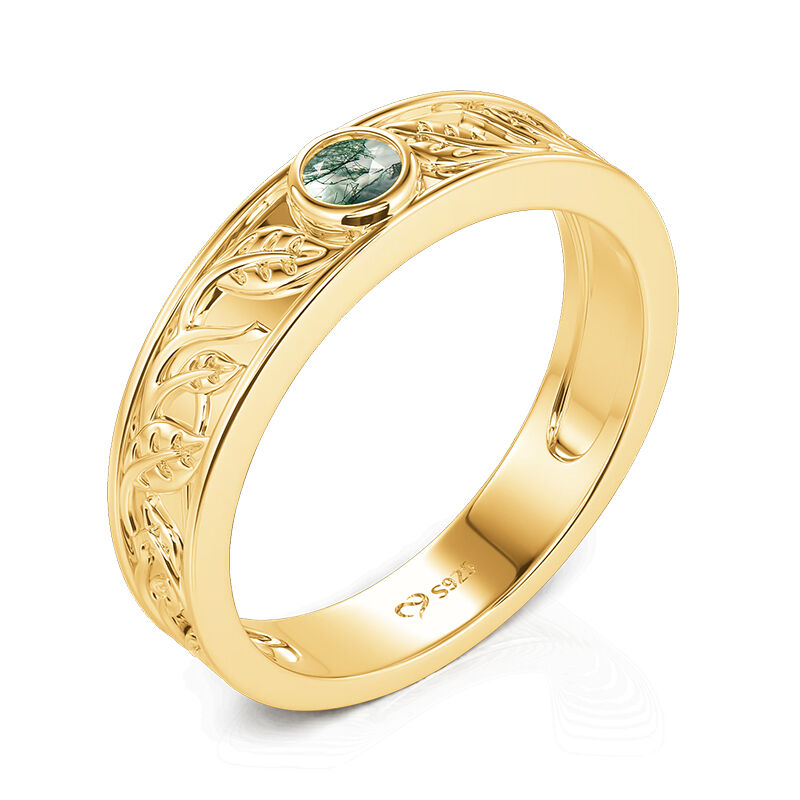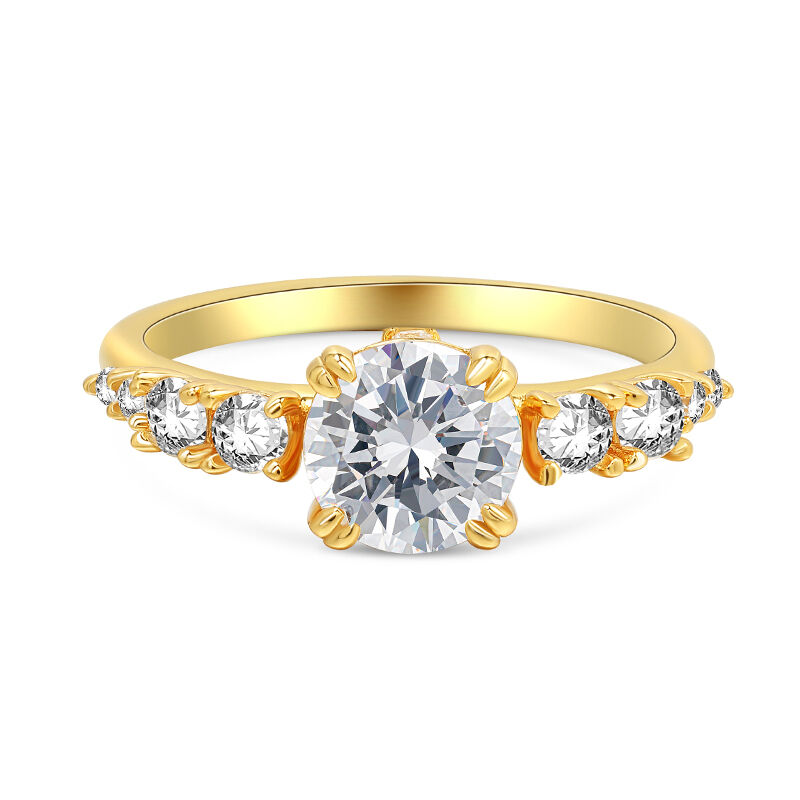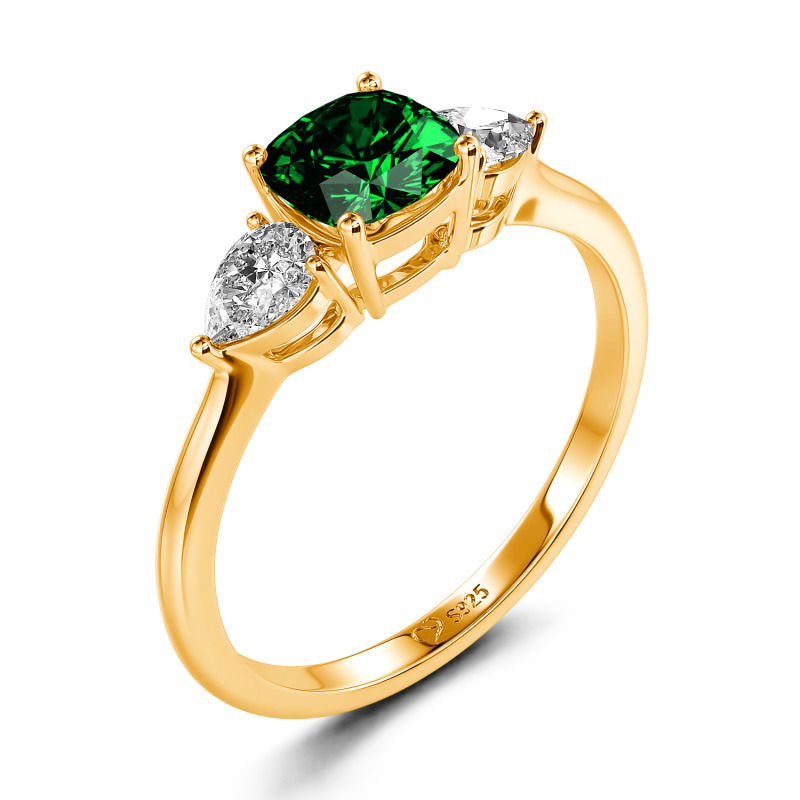The allure of gold jewelry is undeniable. It adds a touch of luxury, warmth, and timeless elegance to any look. But when you’re browsing for that perfect piece, you’ll often encounter terms like like “Gold Vermeil vs. Gold Plated.”
While both offer beautiful, gold-toned finishes. These two styles differ significantly in quality, longevity, and price point. Understanding the technical differences is key to making a purchasing decision that truly meets your expectations.
Navigate to:
Gold Vermeil vs. Gold Plated: The Main Differences
Gold Vermeil: The Sterling Silver Champion

Think of gold vermeil as the sophisticated cousin of gold plating. The key difference lies in the base metal. Gold vermeil is sterling silver (92.5% pure silver with 7.5% other metals like copper for durability) that has been electroplated with a thick layer of gold.
Here’s what sets it apart:
- Base Metal: Sterling silver. This is a significant factor for both durability and skin sensitivity.
- Gold Thickness: The gold layer in vermeil is significantly thicker than in standard gold plating. By industry standards, it must be at least 2.5 microns thick.
- Durability: The thicker gold layer, combined with the sturdy sterling silver base, generally makes vermeil more durable and resistant to tarnishing than gold plating.
- Hypoallergenic Potential: Sterling silver is often considered more hypoallergenic than base metals like brass or copper, so vermeil can be a good option for those with sensitivities.
Gold Plated: An Accessible Golden Sheen

Gold plated jewelry, on the other hand, uses a base metal (often brass, copper, or even plastic) that is electroplated with a very thin layer of gold.
Key characteristics of gold plated jewelry:
- Base Metal: Varies widely, often less precious metals.
- Gold Thickness: The gold layer is typically much thinner, often just a fraction of a micron (e.g., 0.175 to 1 micron).
- Durability: Due to the thin gold layer and the potentially less durable base metal, gold plated jewelry is more prone to wear and tear over time. The gold can rub off, revealing the base metal underneath.
- Affordability: This thinner layer of gold makes gold plated jewelry generally the most affordable option.
Gold Vermeil vs. Gold Plated: Are They Waterproof

This is a common question, and the short answer is: neither gold vermeil nor gold plated jewelry is truly “waterproof.”
While the gold layer itself might not immediately dissolve in water, prolonged exposure to moisture can cause several issues:
- Tarnishing: Sterling silver, the base of vermeil, is susceptible to tarnishing when exposed to moisture and air. While the gold plating offers some protection, repeated exposure can lead to the silver underneath tarnishing, which will eventually show through.
- Corrosion of Base Metal: For gold plated jewelry, the base metals like brass or copper can corrode or react with moisture, leading to discoloration and damage to the gold layer.
- Chemical Reactions: Lotions, perfumes, soaps, and even sweat can degrade the gold plating over time. These chemicals can erode the thin gold layer, leading to fading and eventual exposure of the base metal.
Therefore, it’s always best to remove your gold vermeil and gold plated jewelry before showering, swimming, exercising, or engaging in activities where it will be exposed to significant moisture or chemicals.
Gold Vermeil vs. Gold Plated: How to Clean Safely

Proper cleaning is essential for preserving the beauty of both vermeil and gold plated pieces. Here’s how to do it:
For Gold Vermeil:
- Gentle Soap and Water: The safest method is to use a mild, non-abrasive soap (like dish soap) and lukewarm water.
- Soft Cloth: Gently rub the jewelry with a soft, lint-free cloth (like a polishing cloth specifically designed for jewelry or a microfiber cloth). Avoid harsh scrubbing.
- Rinse Thoroughly: Rinse the jewelry under cool water to remove any soap residue.
- Dry Immediately: This is crucial! Pat the jewelry completely dry with a clean, soft cloth to prevent water spots and minimize exposure to moisture.
What to Avoid with Gold Vermeil:
- Harsh Chemicals: Never use abrasive cleaners, bleach, or jewelry cleaners that contain strong chemicals.
- Ultrasonic Cleaners: These can be too aggressive and damage the gold plating.
- Abrasive Brushes: Stick to soft cloths.
For Gold Plated Jewelry:
The cleaning process for gold plated jewelry is very similar to vermeil, but you need to be even more gentle due to the thinner gold layer.
- Mild Soap and Water: Use a very mild soap and lukewarm water.
- Soft Cloth: Gently wipe the jewelry with a soft cloth. Avoid any rubbing or scrubbing.
- Rinse: Rinse with cool water.
- Dry Completely: Pat dry immediately with a soft, lint-free cloth.
What to Avoid with Gold Plated Jewelry:
- Anything Abrasive: This is paramount. Harsh scrubbing will quickly wear away the thin gold layer.
- Harsh Chemicals: Again, avoid bleach, ammonia, or strong cleaning solutions.
- Polishing Cloths Designed for Sterling Silver: While a general jewelry polishing cloth might be okay for very light touches, avoid aggressive polishing that could remove the plating.
Gold Vermeil vs. Gold Plated — both are beautiful and accessible ways to enjoy the look of gold. By understanding the differences and taking the time to care for your sparkly treasures, you can ensure they continue to shine for years to come!
More Jeulia Post:
